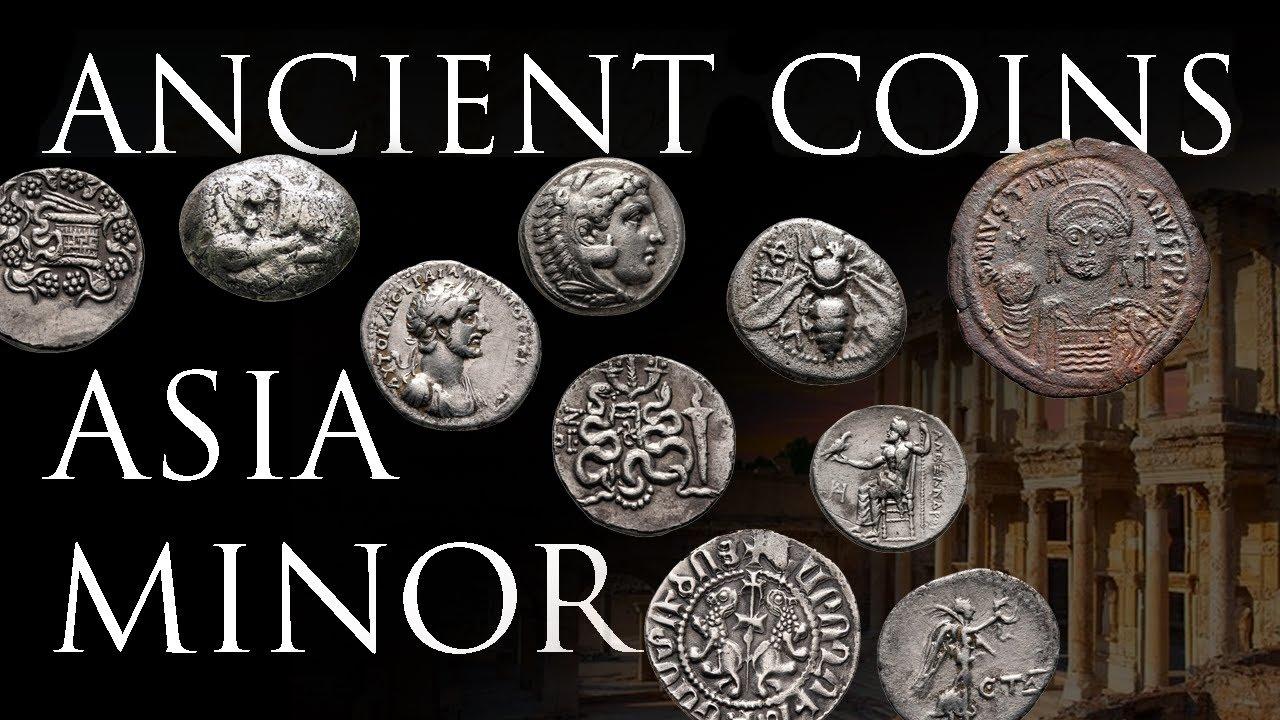In the beginning, coins were like a stamp or hallmark that was put on a piece of metal to guarantee its quality or weight. According to Sennacherib, King of Assyria (705-681 B.C.), "1 built a form of clay and poured the bronze into it as in making half-shekel pieces," the earliest evidence of coinage can be found in the eastern Mediterranean region.
Electrum, a natural alloy made up of about three parts gold and one part silver, was used to make a lot of the early coins. It was found a lot in Lydia, which is why it was called "the land of gold."Ancient people considered electrum to be almost a separate metal due to the difficulty of separating gold from silver. Placer gold from the Oxus Valley or the Ural Mountains was probably used to make the first pure gold coins in Asia Minor.2 The ancient electrum coins were examples of what is now known as symmetallism.
A gold daric, one of history's oldest and most famous gold coins, is in my possession. It is approximately the same weight as a late American $5 gold piece and is almost entirely made of gold. It bears a crude stamp of an archer wielding a bow and spear, giving it the appearance of a rough-cut gold nugget. The coin was made about 500 years before christ, during the reign of Darius the Great of Persia. According to Herodotus, "The Lydians were the first people, so far as I know, to adopt gold and silver coins " circulated in Asia Minor just about two generations earlier during Croesus' reign, which began in 561 B.C.
During those early times, gold and silver coins served as a dual standard for several centuries.
Under the influence, gold gained importance during Alexander the Great's reign. provided by the substantial gold output of his Pangean mines.
